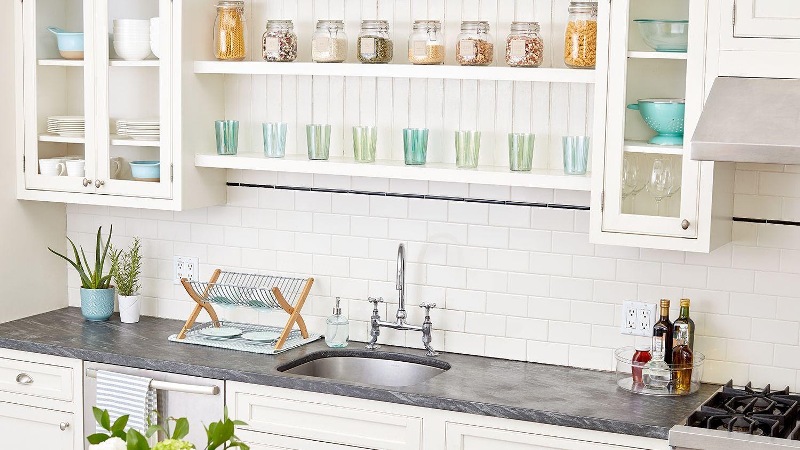An organised kitchen saves your time when cooking since all ingredients and utensils are strategically placed. It is also easy to clean. Our friends from Pro Rubbish Removal Brisbane have helped us put up together a list of 10 easy steps to organize your Kitchen.
Step 1. Declutter
This should be your first step to organize your kitchen. Remove all kitchen utensils and gadgets you rarely use. This creates enough room for other useful kitchenware. It would be best if you got rid of any expired or excessive spices. Additionally, purge all single-use plastic bags to create more room and adhere to the plastic ban regulations.

Step 2. Clean the Kitchen
Kitchenware and the surfaces should be cleaned regularly. Decluttering can help to clean up everything. Cleaning also reduces foul odours in the kitchen. Moreover, clean surfaces can prevent fall accidents. According to the Victorian Inpatient Minimum Database, home injuries lead to 45.1% of female adult admissions. Fall accidents account for 68.7% of these home injuries. In addition to, cleaning your kitchenware can also reduce cases of food poisoning, which affects 4.1 million Australians annually
Step 3. Organize the Storage Containers

Chaos and confusion in the kitchen are irritating. Mismatched storage containers can cause a lot of mess. Getting rid of oversized storage containers is recommended. If possible, use transparent rectangular and square containers which can be stacked together. Moreover, spices should be clearly labelled and arranged in a systemic way to avoid confusion during meal preparations.
Step 4. Maximize Use of Dead Spaces
Dead spaces such as areas behind the door or space under your sink can be hard to use. They are difficult to access. However, inventing new designs can help in utilizing these dead spaces. You can design a sliding spice rack to fit in a space between the wall and the fridge. Toe kick cabinets can also maximize the use of spaces in the low and hidden areas.
Step 5. Arrange Your Fridge Appropriately
There are specific areas for specified food in the fridge. Each food should be kept in the right section. Store your milk in the upper sections of the fridge. This helps to preserve it as temperatures are more constant. Leaking food and meat should be kept in the lower section to reduce contaminating other food. Australian department of health data shows that 25% of 15.9 million cases of gastroenteritis result from food contamination. Also, the lower part of the fridge is also the coldest, which is ideal for meat preservation.






